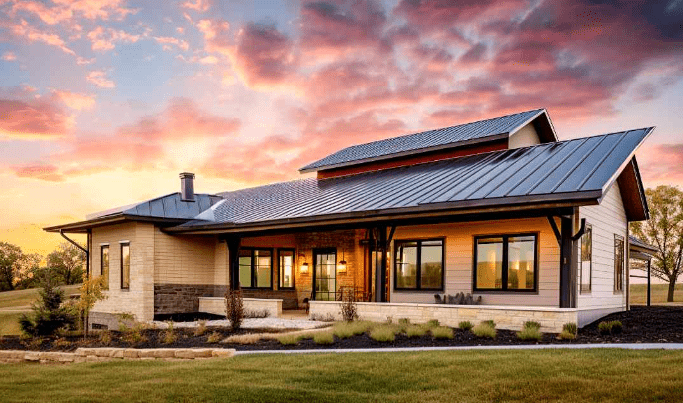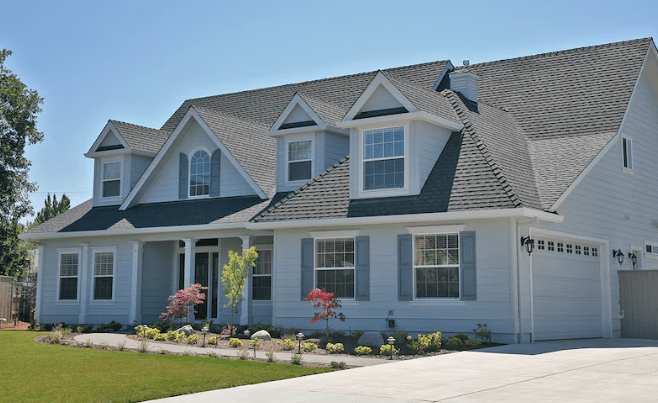- By Bella Blog
- Roofing, Roofing Technology
- 0 Comment

Discover essential tips to keep your roof in top shape during the hot summer months.
Understanding the Effects of Heat on Your Roof
During the summer months, the intense heat and direct sunlight can have a significant impact on the condition of your roof. Understanding these effects is crucial to ensure the longevity and durability of your roof.
One of the main effects of heat on your roof is thermal expansion. As the temperature rises, the materials used in your roof, such as shingles and tiles, expand. This expansion can lead to cracks, warping, and other forms of damage. Additionally, the constant exposure to high temperatures can cause the roofing materials to deteriorate over time.
UV radiation is another factor to consider. The sun’s rays contain harmful UV radiation, which can break down the molecular structure of your roof’s materials. This can lead to fading, discoloration, and reduced strength of the roofing materials.
Furthermore, excessive heat can increase the risk of moisture damage. When the temperature rises, the trapped moisture in your roof can evaporate, creating a humid environment. This moisture can then seep into the underlying layers of your roof, causing rot, mold growth, and structural damage.
To mitigate the effects of heat on your roof, it is important to implement preventive measures and regular maintenance. By understanding the impact of heat and taking proactive steps, you can ensure the longevity and performance of your roof.
Inspecting Your Roof for Damage
Regular roof inspections are crucial, especially during the summer months, to identify any damage or potential issues. Here are some key points to consider when inspecting your roof:
- Start by examining the shingles or tiles for any signs of cracking, warping, or curling. These are indications of heat damage and may require repairs or replacement.
- Check for any loose or missing shingles, as they can leave your roof vulnerable to leaks and water damage.
- Inspect the flashing around vents, chimneys, and skylights to ensure they are properly sealed and in good condition.
- Look for any signs of water stains or discoloration on the ceilings or walls inside your home, as these can indicate roof leaks.
- Pay attention to any debris, such as leaves or branches, that may have accumulated on your roof. Clearing them regularly can prevent clogged gutters and potential water damage.
By regularly inspecting your roof and addressing any issues promptly, you can prevent further damage and extend the lifespan of your roof.
Ensuring Proper Ventilation
Proper ventilation is essential for maintaining a healthy and functional roof, especially in hot weather. Here’s why ventilation matters:
- Ventilation helps regulate the temperature inside your attic, preventing excessive heat buildup. This can minimize the strain on your roof and reduce the risk of damage.
- It allows for the escape of trapped moisture, preventing the growth of mold and mildew. Adequate ventilation helps to maintain a dry and well-ventilated attic space.
- Good airflow can also prolong the life of your roofing materials by preventing excessive expansion and contraction due to temperature changes.
To ensure proper ventilation, make sure your attic has sufficient intake vents, such as soffit vents, and exhaust vents, such as ridge vents or roof vents. It is recommended to consult a roofing professional to assess your attic ventilation and make any necessary improvements.
Choosing the Right Roofing Materials
Selecting the right roofing materials can make a significant difference in how your roof withstands the summer heat. Consider the following tips when choosing roofing materials:
- Opt for materials with high reflectivity, such as light-colored shingles or metal roofs. These materials can reflect a larger portion of the sun’s rays, reducing heat absorption and keeping your home cooler.
- Look for materials with high thermal resistance, also known as R-value. This measures the material’s ability to resist heat transfer. Higher R-value materials can provide better insulation, reducing the heat transfer from the roof to the interior of your home.
- Consider materials that are specifically designed for hot climates, such as clay tiles or concrete tiles. These materials are known for their durability and ability to withstand high temperatures.
Consulting with a roofing professional can help you determine the best roofing materials for your specific climate and needs.
Maintaining Your Gutters and Downspouts
Proper maintenance of your gutters and downspouts is essential to prevent water damage and ensure the effectiveness of your roof’s drainage system. Here’s what you need to do:
- Regularly clean your gutters and remove any debris, such as leaves or twigs, that may be blocking the flow of water. Clogged gutters can cause water to overflow, leading to roof leaks and damage.
- Inspect your gutters and downspouts for any signs of damage, such as cracks or leaks. Repair or replace any damaged sections to maintain proper functionality.
- Ensure that your downspouts are directing water away from your home’s foundation. Consider installing extensions or splash blocks to prevent water from pooling near the foundation, which can cause structural issues.
- During heavy rainstorms, monitor the performance of your gutters and downspouts. Make sure they are effectively channeling water away from your roof and foundation.
By maintaining your gutters and downspouts, you can prevent water damage and protect the overall integrity of your roof.


724-515-5163
www.mybellaroof.com
Bella Blog
Welcome to Bella Construction & Developement Inc., where excellence meets affordability in the realm of construction services.
